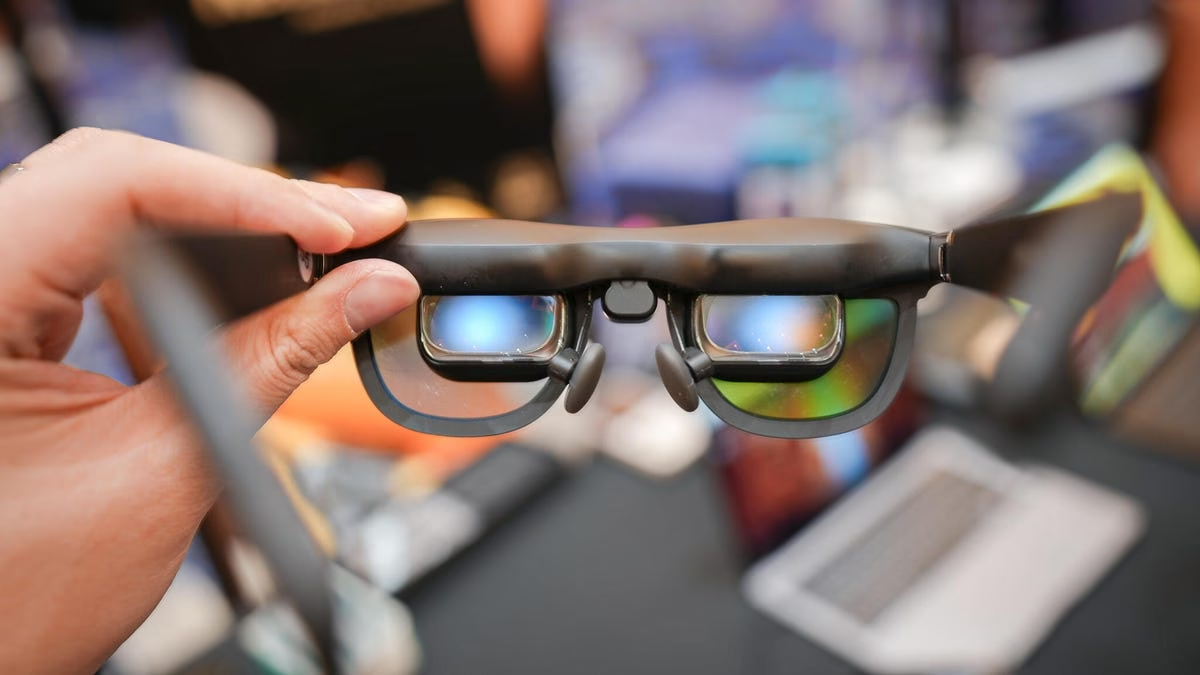XREAL Project Aura: The Dawn of a New XR Era
Estimated reading time: 10 minutes
Key Takeaways
- The Extended Reality (XR) space is experiencing rapid advancements and growing excitement, poised to transform our interaction with technology.
- The **XREAL Project Aura Android XR smart glasses** represent a significant leap forward, aiming to redefine user experiences in the XR domain.
- The **new Android XR hardware partners 2025** are signaling a substantial expansion and increased competition within the XR market.
- Android XR is evolving into a unified platform supporting a diverse hardware ecosystem, with Google I/O 2025 being a focal point for announcements.
- XREAL’s Project Aura features innovative design elements like a tethered compute puck, modified X1S silicon, and advanced flat prism lens technology for a wide field of view.
- XREAL is strategically positioned as a key player, fostering a collaborative Android XR platform with partners like Google and Qualcomm.
- Upcoming XR devices, including those from XREAL, Samsung, and Magic Leap, indicate a strong push towards standardized and powerful Android-based XR experiences.
Table of contents
- XREAL Project Aura: The Dawn of a New XR Era
- Key Takeaways
- The Evolving Android XR Landscape
- XREAL Project Aura: A Deep Dive into Features and Innovation
- XREAL’s Strategic Role in the XR Ecosystem
- The Future of XR: What 2025 and Beyond Holds
- Concluding Thoughts on the Future of Smart Glasses
- Frequently Asked Questions
The digital and physical worlds are rapidly converging, blurring the lines between reality and the virtual. There’s a palpable sense of anticipation building in the Extended Reality (XR) space, a testament to its burgeoning potential to fundamentally alter how we engage with technology and the very fabric of our daily lives. Among these groundbreaking developments, the **XREAL Project Aura Android XR smart glasses** stand out as a particularly compelling vision for the future, poised to redefine user interaction with XR technology. This shift is further amplified by the burgeoning ecosystem of **new Android XR hardware partners 2025**, signaling an era of increased competition, diverse offerings, and accelerated progress. This post will delve into the specifics of XREAL’s ambitious project, explore the broader landscape of Android XR, and outline what users can realistically expect from the next generation of smart glasses.

The excitement surrounding XR technology is undeniable, fueled by continuous innovation from industry leaders and the anticipation of new hardware. The recent unveiling of the **XREAL Project Aura Android XR smart glasses** has only intensified this momentum. These devices are not just incremental updates; they represent a significant step towards sophisticated, consumer-ready XR hardware that seamlessly integrates into our lives. The broader **Android XR ecosystem** is also undergoing a period of significant expansion. With several new hardware partners, including names like XREAL, Samsung, and Magic Leap, expected to make waves in 2025, the market is set to become more dynamic and competitive than ever before. This expansion promises a wider array of choices for consumers and a richer, more diverse set of applications and experiences.
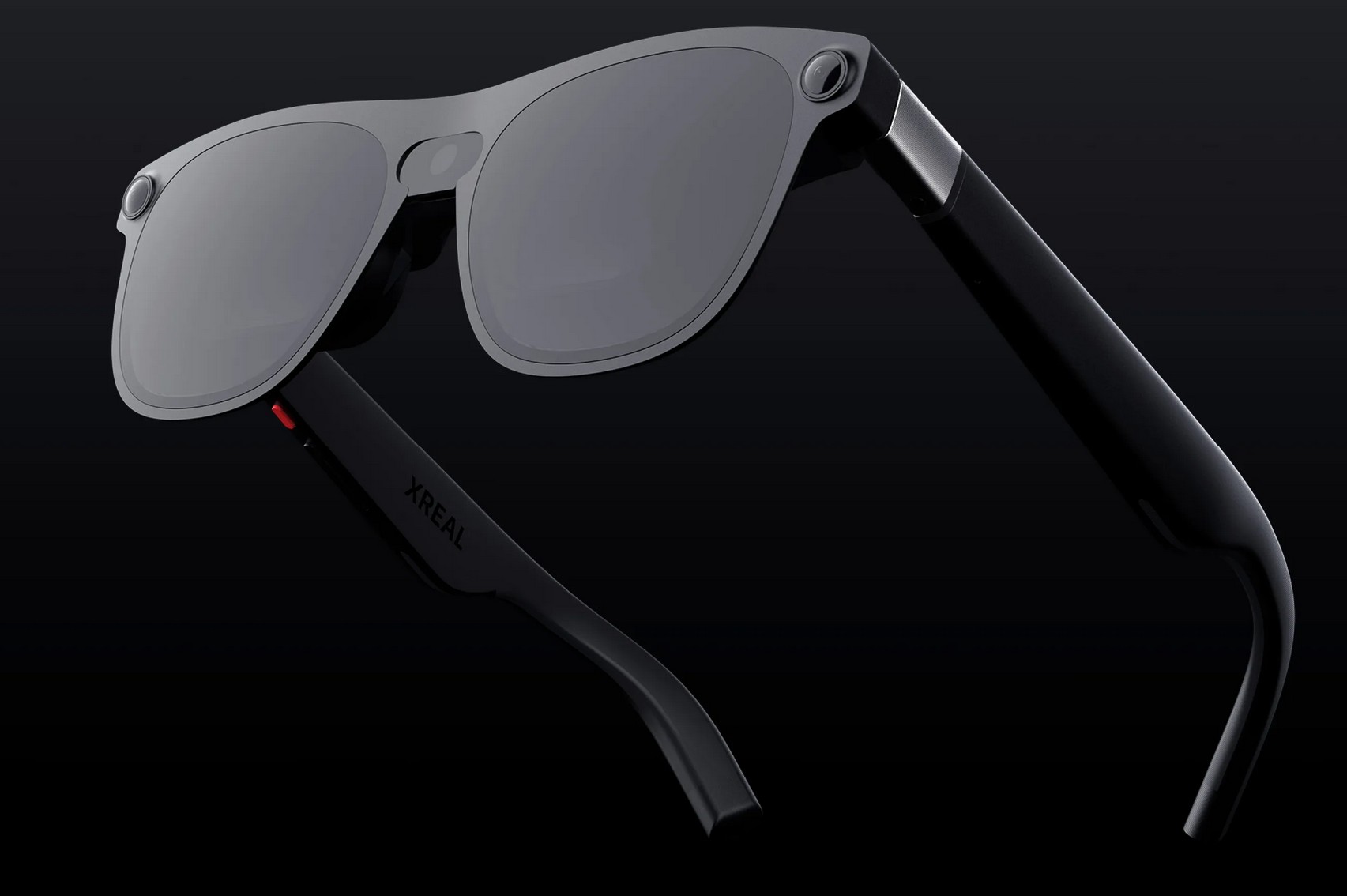
The Evolving Android XR Landscape
The landscape of **Android XR** is undergoing a profound transformation. It’s moving beyond experimental concepts and fragmented approaches to coalesce into a more unified and robust platform capable of supporting a diverse array of hardware. This evolution is critical for widespread adoption, ensuring that developers can create applications that function seamlessly across various devices and that users have a consistent and reliable experience.
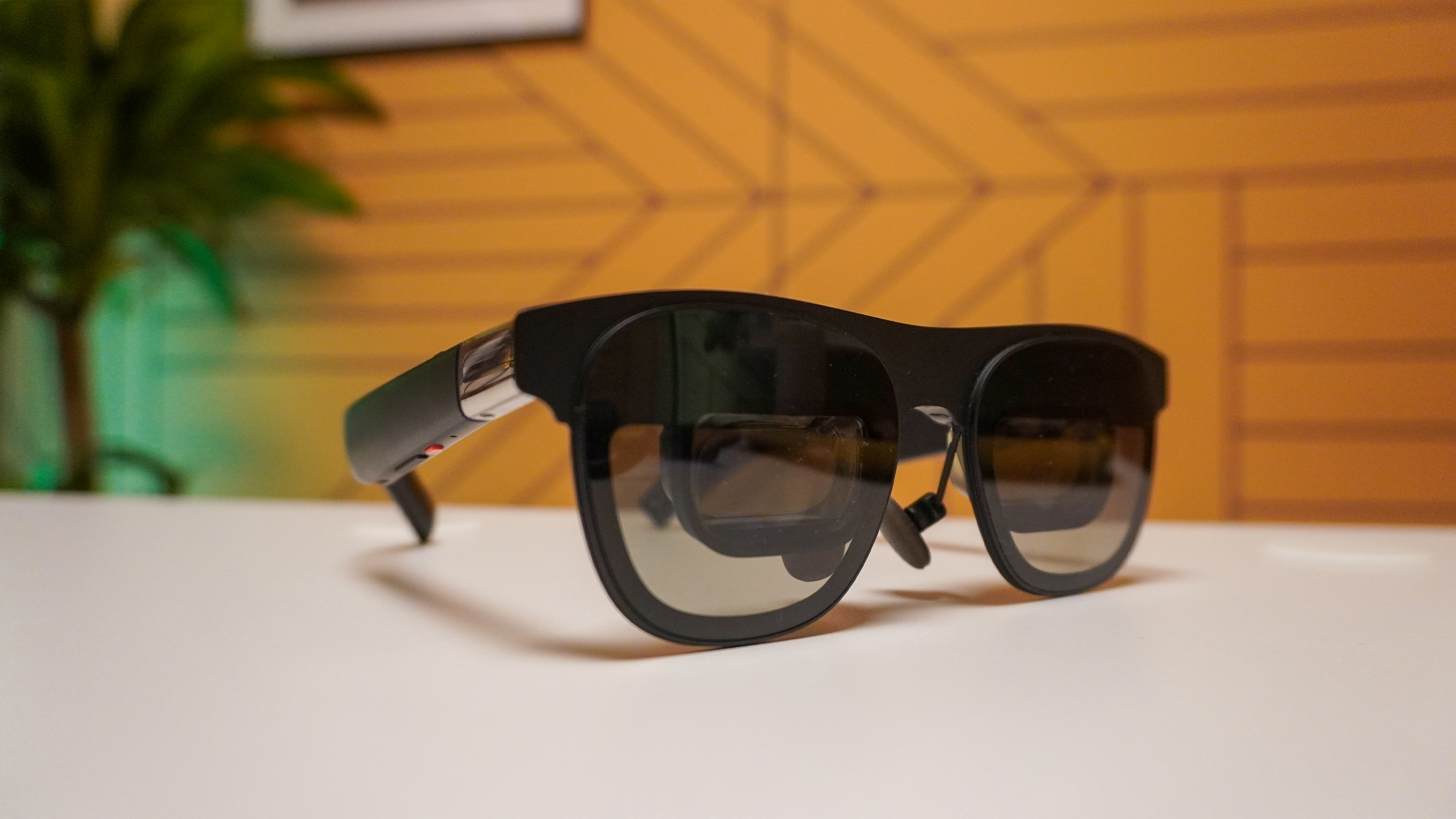
Significant anticipation has been generated by major industry events, such as **Google I/O 2025**. These gatherings have become crucial platforms for discussions, demonstrations, and potential announcements regarding Google’s own contributions to the XR space, including the future of their smart glasses initiatives, and vital industry collaborations. The partnerships being forged are not merely for show; they are the bedrock upon which rapid advancements in the XR field are being built. Collaborations with major players like Samsung and XREAL are particularly noteworthy, as they bring together distinct expertise and market reach, accelerating the pace of innovation and product development.

XREAL has strategically positioned itself within this evolving landscape. The company is committed to developing an Android XR platform that is not only technologically advanced but also *user-ready*. This means focusing on ease of use, practical applications, and ensuring compatibility with a wide range of hardware from multiple partners. This commitment to an open and collaborative ecosystem is a key differentiator.
Furthermore, XREAL is actively looking to leverage the latest advancements in artificial intelligence. The integration of technologies like Google’s Gemini AI is a significant part of their strategy, aiming for deeper device integration and more intelligent, context-aware XR experiences. This focus on AI promises to unlock new capabilities, from enhanced natural language understanding to more sophisticated environmental awareness and interaction.
XREAL Project Aura: A Deep Dive into Features and Innovation
The **XREAL Project Aura Android XR smart glasses** represent XREAL’s most ambitious foray into the smart glasses market to date, detailing a clear vision for what consumer-grade XR should be. Officially introduced at Google I/O and further elaborated upon at AWE USA 2025, Project Aura showcases a blend of cutting-edge technology and thoughtful design aimed at delivering an unparalleled immersive experience.
Several key features set Project Aura apart:
-
The glasses employ a distinctive “**tethered ‘compute puck’**” design. This separate unit houses the main processing unit, powered by a high-performance Qualcomm Snapdragon chipset. This architectural choice is instrumental in achieving a form factor for the glasses themselves that is remarkably lightweight and comfortable for extended wear. By offloading the heavy processing tasks to the puck, XREAL can minimize the bulk and heat generated by the eyewear, making it more practical for everyday use.
-
Onboard processing within the glasses is handled by a “**modified X1S silicon**.” This custom chip is approximately **25% faster** than its predecessor, significantly enhancing capabilities such as depth perception, spatial mapping, and multitasking. This on-device processing is crucial for responsive and fluid XR interactions, allowing for more complex visual processing and a smoother user experience.
-
A significant innovation lies in the “**flat prism lens technology**.” This proprietary lens design enables an impressive field of view (FOV) of around **70 degrees**, which is currently the widest available in commercially oriented smart glasses. This expansive FOV is paramount for creating a truly immersive visual experience, allowing digital content to feel more natural and integrated into the user’s surroundings, while still maintaining a sleek and unobtrusive design for the glasses.
-
The front of the glasses is equipped with three strategically placed cameras and a suite of sensors. These components are vital for sophisticated spatial recognition, enabling precise gesture control and enabling rich mixed reality (MR) capabilities. Crucially, the glasses are **optical see-through (OST)**. This means that while digital overlays are projected into the user’s vision, they do not obstruct their view of the real world. This allows for seamless integration of digital information and virtual objects into the user’s physical environment, a hallmark of effective XR.
-
A strong emphasis has been placed on “**AI-powered features**.” Project Aura is designed to offer intelligent capabilities such as real-time information overlays, advanced context-aware media controls, and the potential for extensive third-party application development. This is facilitated by a dedicated developer SDK, which XREAL is providing to encourage innovation and the creation of a robust app ecosystem. The integration of AI aims to make the glasses not just a display device, but an intelligent assistant.

Regarding the “**XREAL smart glasses price**,” while exact figures for Project Aura are yet to be finalized, insights can be drawn from XREAL’s previous offerings. Their earlier model, the One Pro, was priced at $649, with a preorder price of $599. It is highly probable that Project Aura will aim for a similar premium market segment, reflecting its advanced technology and features. The decision to adopt a **tethered design** is a significant factor in cost management. By moving the most expensive and power-hungry processing components to the external puck, XREAL can reduce the cost of the glasses themselves, making sophisticated XR technology more accessible.
XREAL’s Strategic Role in the XR Ecosystem
XREAL is not merely a participant in the emerging XR market; it is actively shaping it. As one of the key players among the **new Android XR hardware partners 2025**, the company is demonstrating a proactive approach to defining the future of this technology. Their role extends beyond simply producing devices; it involves fostering a collaborative and open ecosystem.

The strategic importance of XREAL’s partnerships with **Google and Qualcomm** cannot be overstated. These collaborations are fundamental to ensuring that the hardware and software components of their XR devices are not only compatible but also highly optimized for advanced spatial computing experiences. Google’s expertise in Android and AI, combined with Qualcomm’s leading mobile chipset technology, creates a powerful synergy that drives innovation and performance.

XREAL’s vision for a unified Android XR platform is a crucial element of their strategy. By working alongside other major industry players, including Samsung and Magic Leap, XREAL aims to contribute to an ecosystem where devices and applications can achieve greater interoperability. This collaborative approach is vital for accelerating the widespread adoption of XR technology and for delivering a consistent, high-quality experience to users across different hardware. This collective effort positions XREAL and its partners to deliver some of the “**best upcoming XR devices**,” ensuring a rich and diverse market.
What further distinguishes XREAL in this competitive landscape is their multifaceted focus. They are not solely concentrating on hardware; their efforts encompass the development of multimodal AI capabilities, the provision of comprehensive developer tools through their SDK, and the creation of applications for both consumer and enterprise markets. This holistic approach ensures that their devices are not only capable but also useful and adaptable to a wide range of real-world scenarios and user needs.
The Future of XR: What 2025 and Beyond Holds
The advancements seen in projects like **XREAL Project Aura**, alongside parallel initiatives from companies such as Samsung (with their Project Moohan) and Magic Leap, are collectively signaling a significant shift in the XR market. These developments are not isolated; they represent a concerted move towards a standardized, powerful, and more accessible XR platform built upon the ubiquitous foundation of Android.
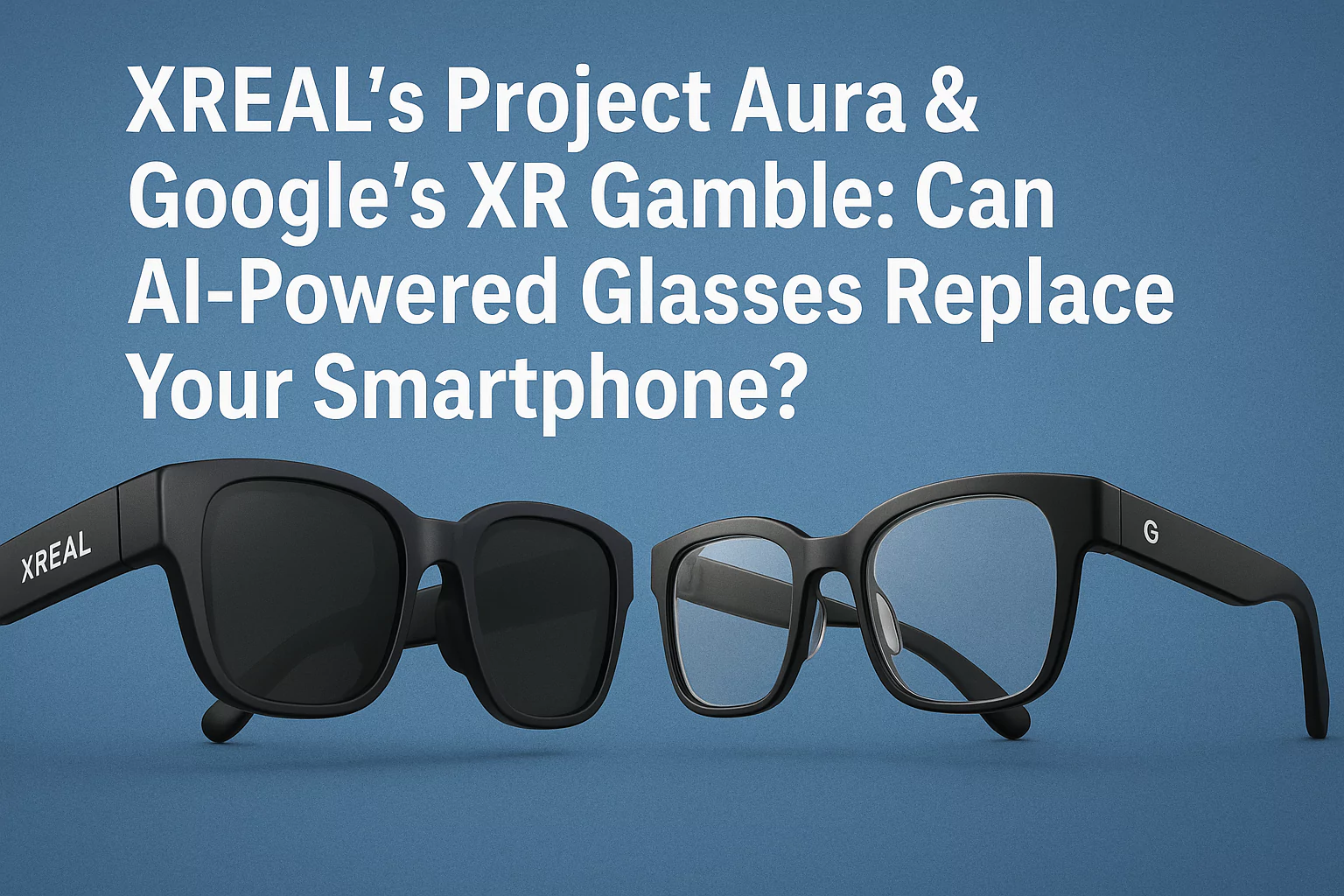
The **Google I/O XR smart glasses announcement**, coupled with the broader trend of industry-wide partnerships, points towards an exciting future characterized by increased interoperability and feature standardization within the XR space. This convergence is essential for building user confidence and encouraging developers to invest in creating compelling XR content and applications. As the ecosystem matures, we can expect to see a reduction in fragmentation and a greater sense of cohesion across devices and platforms.

In this evolving landscape, XREAL is exceptionally well-positioned to offer some of the most compelling user experiences. Their focus on delivering high-quality, practical XR hardware means they are likely to be at the forefront of innovation, providing devices that truly enhance user capabilities and entertainment. The combined efforts of XREAL, Google, Qualcomm, Samsung, and others are paving the way for what many believe will be the “**best upcoming XR devices**,” pushing the boundaries of what’s possible.
The emphasis on lightweight design, an expansive field of view, and intelligent, AI-driven functionalities firmly places **Project Aura** among the leading contenders for the title of the “**best upcoming XR devices**” in the 2025-2026 timeframe. XREAL’s commitment to solving practical challenges, such as battery life and user comfort, through innovative design choices like the compute puck, makes their offerings particularly attractive. These devices are not just technological marvels; they are engineered for real-world usability and integration into daily life, moving XR from a niche technology to a mainstream possibility.
Concluding Thoughts on the Future of Smart Glasses
The **XREAL Project Aura** stands as a powerful exemplar of the future direction for practical and immersive **Android XR smart glasses**. It is a vision brought to life through a potent combination of technological innovation, strategic industry alliances, and a clear understanding of market needs and user expectations. The progress demonstrated by XREAL, alongside other major players, signifies a pivotal moment for the XR industry.

These advancements are poised to deliver significant benefits not only to consumers, who will gain access to more sophisticated features and a wider array of competitive devices, but also to the broader XR industry itself. The push towards standardization and interoperability will foster greater adoption rates and lead to richer, more integrated digital and physical experiences. The ecosystem is rapidly maturing, moving from fragmented experiments to a cohesive and powerful platform.
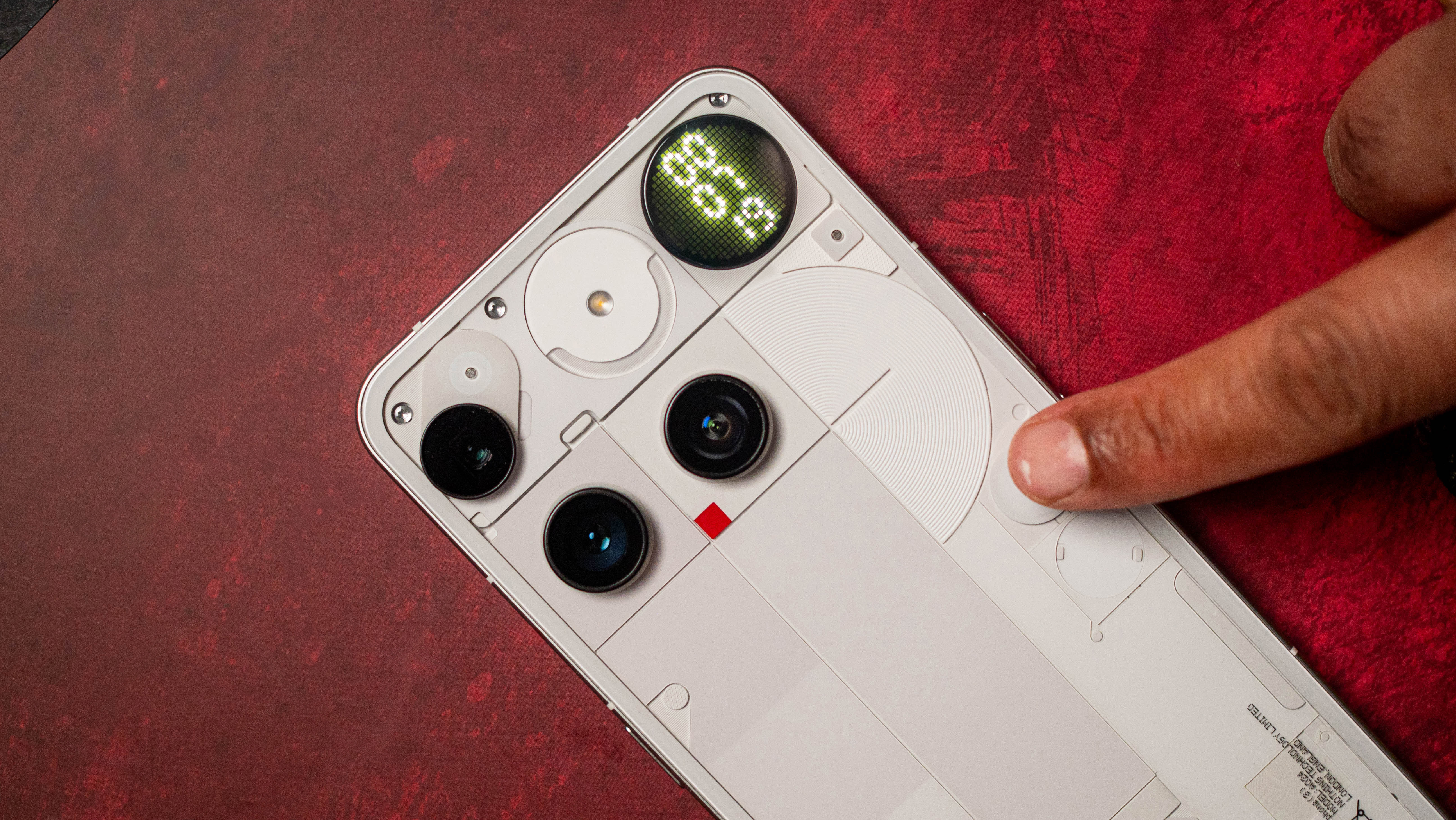
As this transformative technology continues its trajectory towards mainstream relevance, it is crucial for enthusiasts and potential users alike to stay informed about the latest developments. Actively engaging with and understanding the evolving XR landscape will be key to appreciating the full potential of these new devices and their impact on our lives. The future of computing is increasingly spatial, and smart glasses are at the vanguard of this exciting frontier.
Frequently Asked Questions
What is XREAL Project Aura?
XREAL Project Aura refers to a line of advanced Android XR smart glasses developed by XREAL, aiming to offer a sophisticated and immersive mixed reality experience. It was officially unveiled at Google I/O and further detailed at AWE USA 2025.
What is the key innovation in Project Aura’s design?
A significant innovation is its tethered “compute puck” design, which houses the main processing unit. This allows the glasses themselves to be significantly lighter and more comfortable for extended wear.
What is the field of view (FOV) for XREAL Project Aura?
Project Aura features an impressive field of view of approximately 70 degrees, achieved through its advanced flat prism lens technology, which is among the widest available in current smart glasses.
Are XREAL Project Aura glasses optical see-through?
Yes, the glasses are optical see-through (OST), meaning they allow users to see the real world clearly while digital overlays are integrated into their view, enabling seamless mixed reality experiences.
What is the role of AI in XREAL Project Aura?
AI is a core component, powering features such as real-time information overlays, advanced media controls, and enabling more intelligent and context-aware interactions. XREAL also aims to leverage advancements like Google’s Gemini AI for deeper device integration.
What is the expected price range for XREAL Project Aura?
While exact pricing is not finalized, given XREAL’s previous models, Project Aura is expected to compete in the premium segment of the smart glasses market, likely in a similar range to previous high-end models.
What does the expansion of the “new Android XR hardware partners 2025” mean for the market?
The inclusion of new partners like XREAL, Samsung, and Magic Leap signifies a substantial growth in the Android XR ecosystem. This leads to increased competition, a wider variety of devices and features, and accelerated innovation, ultimately benefiting consumers with more choices and better technology.
How does XREAL contribute to the broader Android XR ecosystem?
XREAL is a key player working towards a unified Android XR platform. Their focus on user-ready hardware, strategic partnerships with Google and Qualcomm, and commitment to an open ecosystem helps drive advancements and foster interoperability among various hardware manufacturers.
What are the implications of the ‘tethered’ design for XR devices?
The tethered design, as seen in Project Aura, is crucial for balancing performance and wearability. By housing powerful processing components in an external unit, the glasses can be made lighter, smaller, and more comfortable, while still delivering high-end XR experiences. It also helps in managing heat and battery life.
How will devices like Project Aura shape the future of smart glasses?
Devices like Project Aura, with their focus on advanced features, comfortable design, and AI integration, are setting new standards for what consumers can expect from smart glasses. They are moving XR beyond niche applications towards practical, everyday use, paving the way for wider adoption and more integrated digital-physical experiences.


